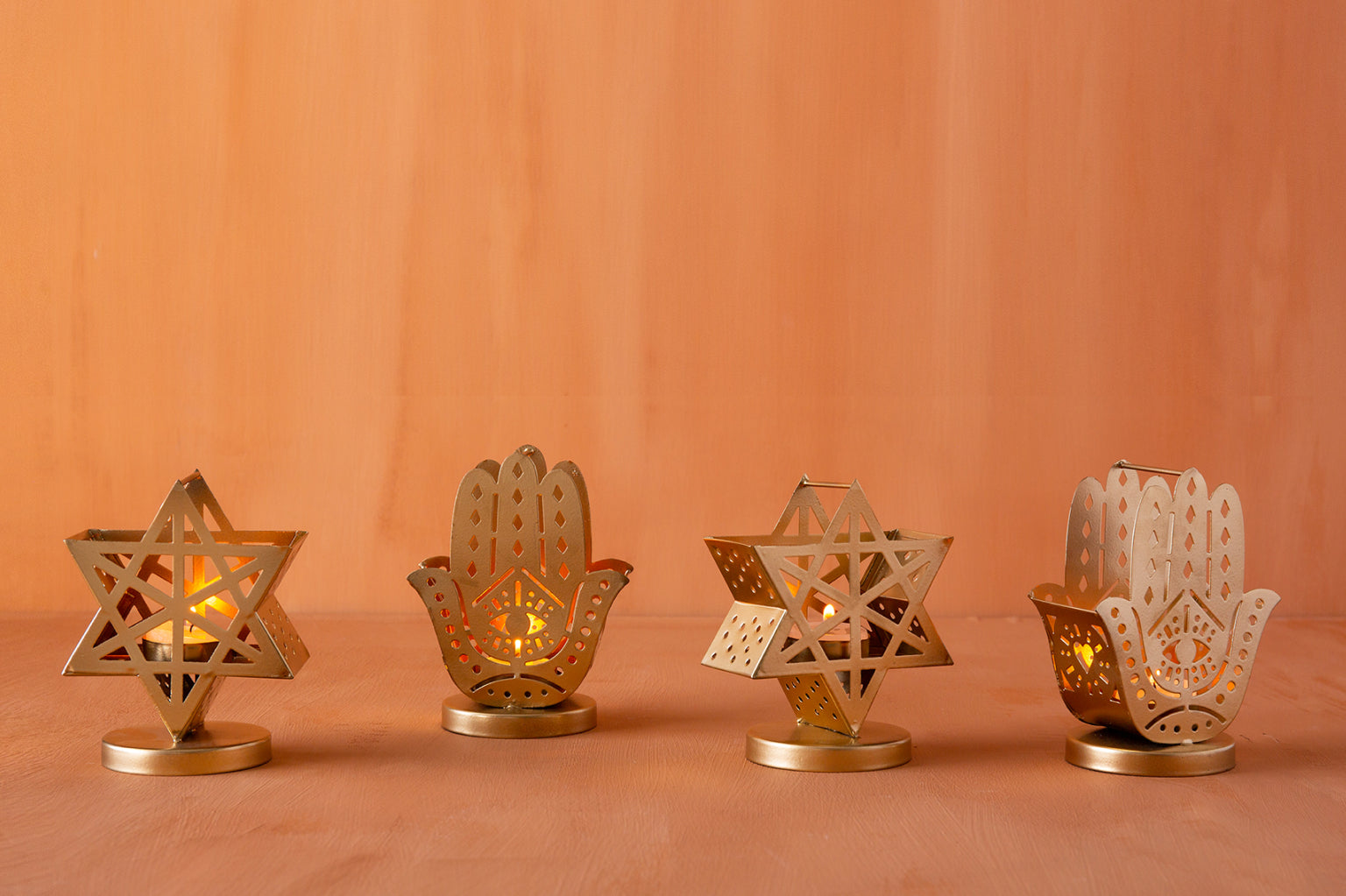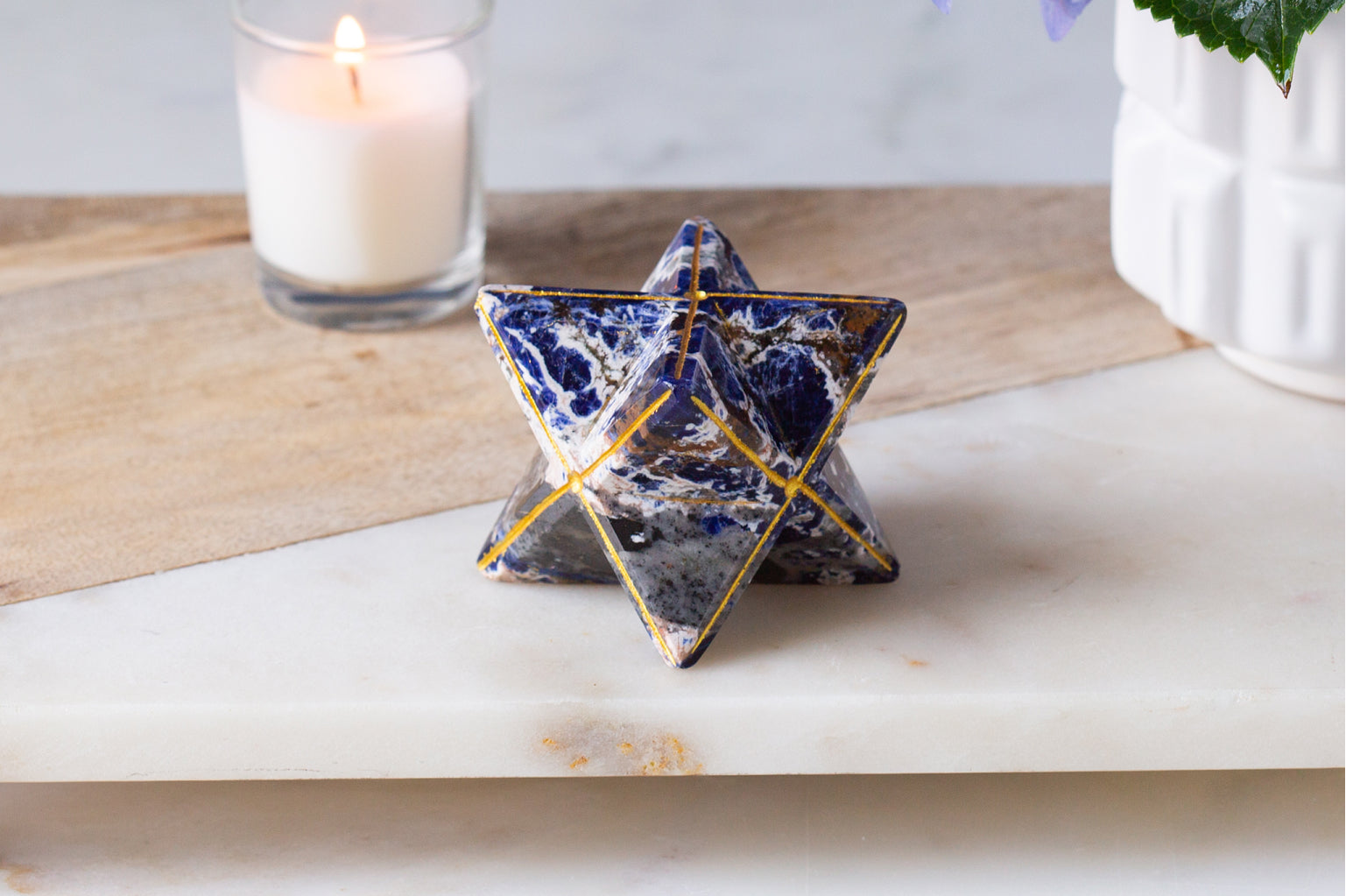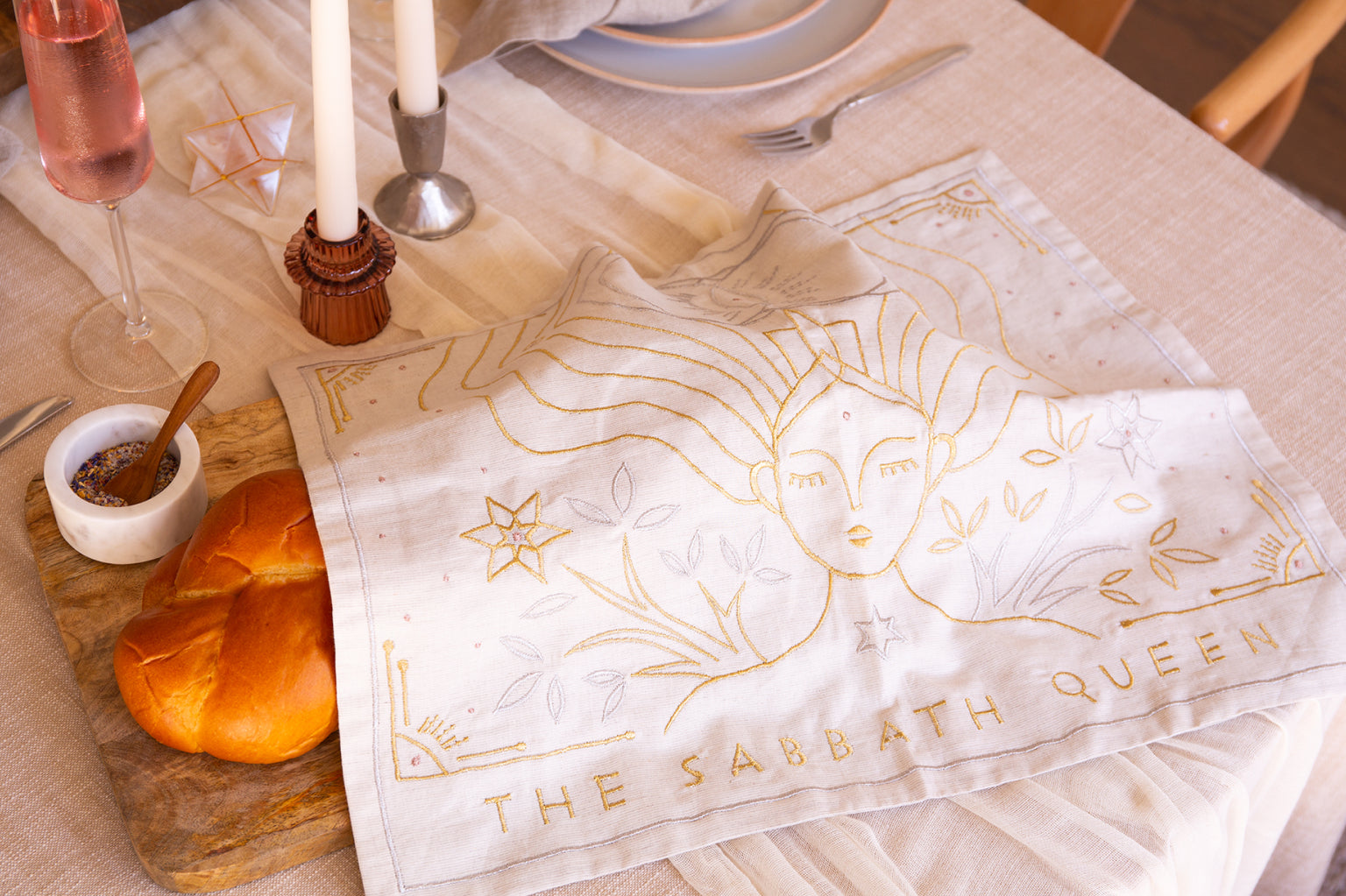
Symbolism & Significance of the Hamsa Hand
From ancient amulets to modern motifs, the Hamsa Hand is a powerful symbol of protection, blessings, and strength. Its origins can be traced back to ancient Mesopotamia, and Hamsa Hand inscriptions in Israelite tombs have been dated back to the 8th-century BCE.
Sephardic Jews in Spain – some of the most profound and prolific Kabbalists of their time – incorporated the Hamsa into manuscripts and amulets, using it as a replacement for the Hebrew letter "Shin" when inscribing one of the sacred names for the Divine - "Shaddai".
During the mass expulsions of Jews across Europe, it is believed that this symbol of strength and protection was introduced to and adopted by other cultures and has since proliferated. Regardless, the symbol still holds a revered place within Jewish culture, and acts as a symbol of divine protection and connection to Jewish heritage.
The Hamsa is frequently depicted with an eye in the center of the palm, which serves as a vigilant guardian against negative influences, also known as the Evil Eye (though it is more accurately an Anti-Evil Eye). Together these symbols offer double protective blessings to shield its user.
The Hamsa therefore is a popular jewelry item, but its symbolism and strength can also be used ritualistically. Our Yael Hamsa Hand tealight offers a unique way to connect with this ancient spiritual symbol… through the very Jewish act of candle lighting.


